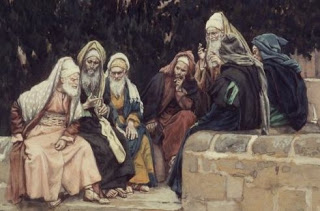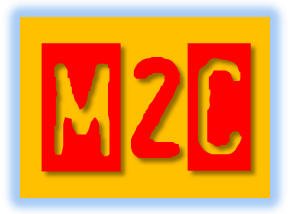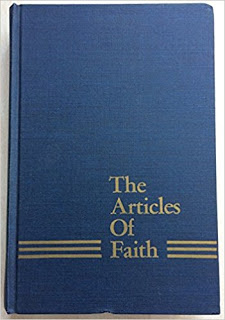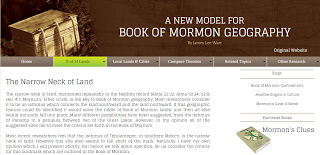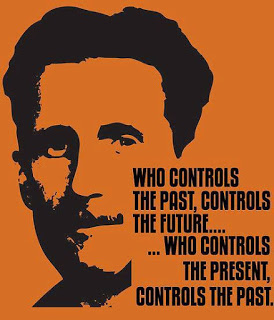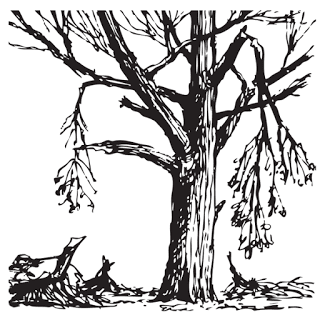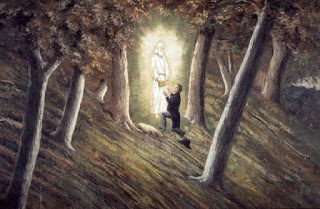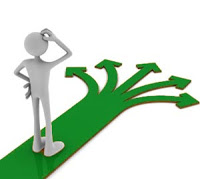|
Proposition
|
Agree
|
Disagree
|
|
1. When Moroni first visited Joseph Smith, he said the record was “written and deposited” not far from Joseph’s home.
|
||
|
2. Joseph Smith obtained the original set of plates from a stone box Moroni constructed out of stone and cement in the Hill Cumorah in New York.
|
||
|
3. Mormon said he buried all the Nephite records in the Hill Cumorah (Morm. 6:6), which was the scene of the final battles of the Nephites, except for the plates he gave to his son Moroni to finish the record.
|
||
|
4. Orson Pratt explained that Moroni deposited the plates in “a department of the hill separate from the great, sacred depository of the numerous volumes hid up by his father.”
|
||
|
5. Brigham Young said Oliver told him that he (Oliver) and Joseph had made at least two visits to a room in the Hill Cumorah in New York that contained piles of records and ancient Nephite artifacts.
|
||
|
6. Heber C. Kimball talked about Father Smith, Oliver Cowdery, and others seeing records upon records piled upon tables in the hill Cumorah.
|
||
|
7. When Joseph and Oliver finished translating the original set of plates in Harmony, PA, Joseph gave the plates to a divine messenger who took them to Cumorah.
|
||
|
8. In Fayette, NY, Joseph and Oliver translated the plates of Nephi.
|
||
|
9. Oliver Cowdery was the Assistant President of the Church and spokesman when he wrote that it was a fact that the valley west of the Hill Cumorah in New York was the location of the final battles of the Nephites and Jaredites, as well as the site of Mormon’s depository of Nephite records (Letter VII).
|
||
|
10. Joseph Smith had his scribes copy Oliver’s letters, including Letter VII, into his journal as part of his history.
|
||
|
11. Joseph Smith gave express permission to Benjamin Winchester to republish Oliver’s letters, including Letter VII, in his 1841 newspaper called the Gospel Reflector.
|
||
|
12. Joseph Smith gave Don Carlos Oliver’s letters, including Letter VII, to republish in the Church newspaper called the Times and Seasons (T&S) in 1840-41.
|
||
|
13. Letter VII was republished in the Millennial Star and in an 1844 pamphlet in England. It was republished by Joseph’s brother William in New York City just two days after Joseph’s martyrdom in The Prophet. It was republished in Utah in the Improvement Era, then edited by Joseph F. Smith.
|
||
|
14. D&C 128:20 reads, “And again, what do we hear? Glad tidings from Cumorah! Moroni, an angel from heaven, declaring the fulfilment of the prophets—the book to be revealed,” followed by references to other events that took place in New York.
|
||
|
15. To date, apart from Moroni’s stone box and the plates and other objects Joseph Smith possessed and showed to the Witnesses, no artifact or archaeological site that can be specifically linked to the Book of Mormon has been found anywhere, but there are archaeological sites that match the vague descriptions given in the text throughout the Americas.
|
||
|
16. Every LDS who was alive during Joseph Smith’s lifetime, and several prophets and apostles since, accepted the New York hill Cumorah as the scene of the final battles, including in General Conference addresses. No General Conference address has ever claimed Cumorah was anywhere but in New York.
|
||
|
17. As an Apostle and Church Historian, Joseph Fielding Smith said the two-Cumorah theory caused members to become confused and disturbed in their faith in the Book of Mormon. He reiterated this when he was President of the Quorum of the Twelve in the 1950s in his book Doctrines of Salvation.
|
||
|
18. Joseph Smith and Oliver Cowdery were merely speculating about the location of Cumorah. They were wrong and they misled the Church by referring to the New York setting as a fact.
|
||
|
19. Joseph Fielding Smith was wrong when he criticized the two-Cumorahs theory and maintained that Cumorah is in New York.
|
||
|
20. President Anthony Ivins, President Marion G. Romney, and Elder Mark E. Peterson were all wrong when they spoke in General Conference about Cumorah being in New York.
|
If you agree with 1-20 (or disagree with some of 1-17 but agree with 18-20), then you reject the New York Cumorah and either (i) accept a Mesoamerican setting (or another non-New York Cumorah setting) or (ii) don’t believe the Book of Mormon is a literal history.
